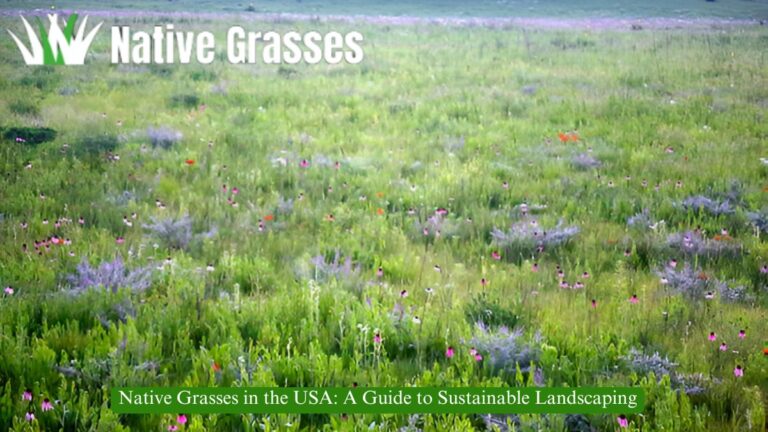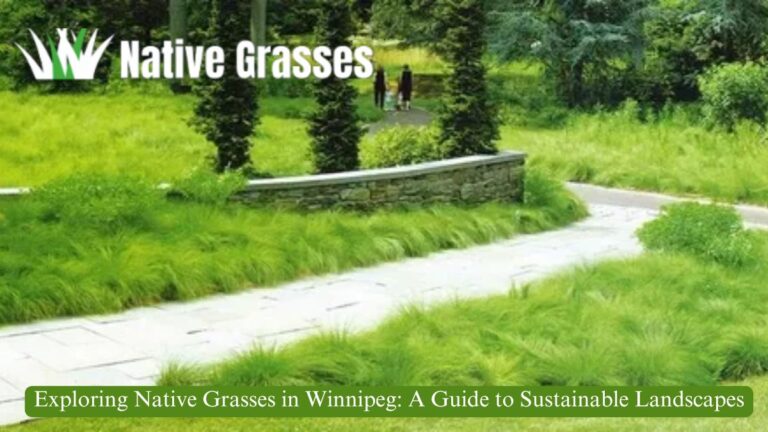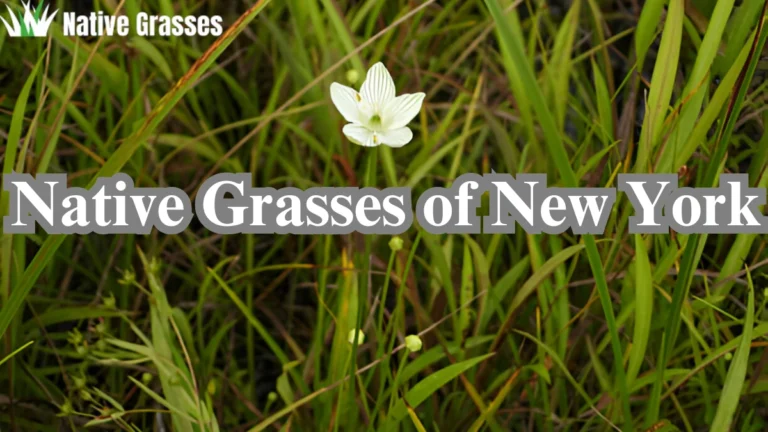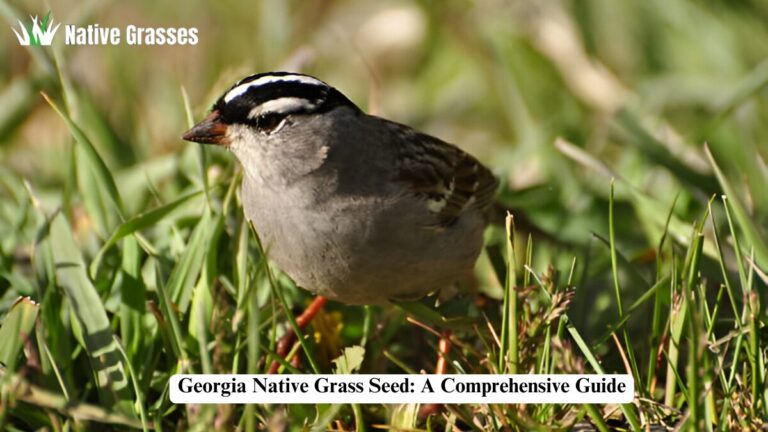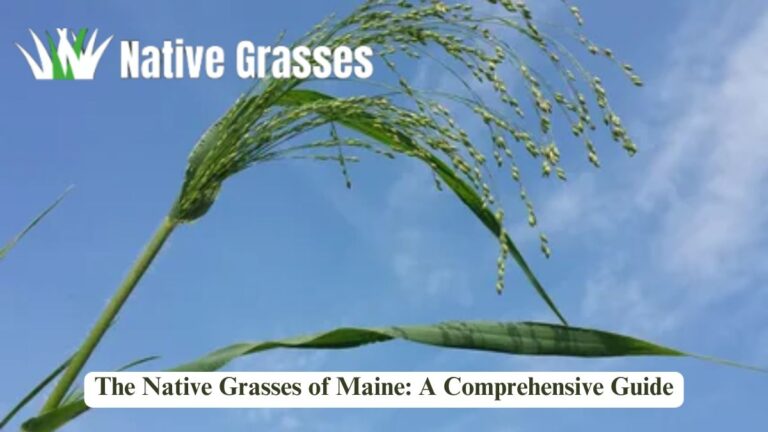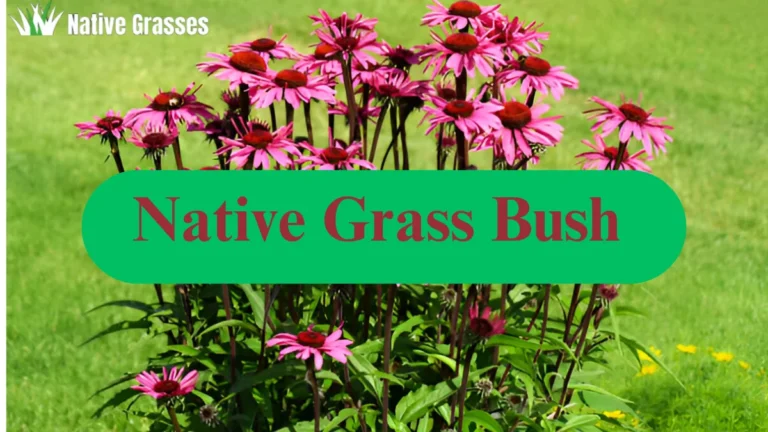The Ultimate Guide to Native Fescue Grass: Everything You Need to Know
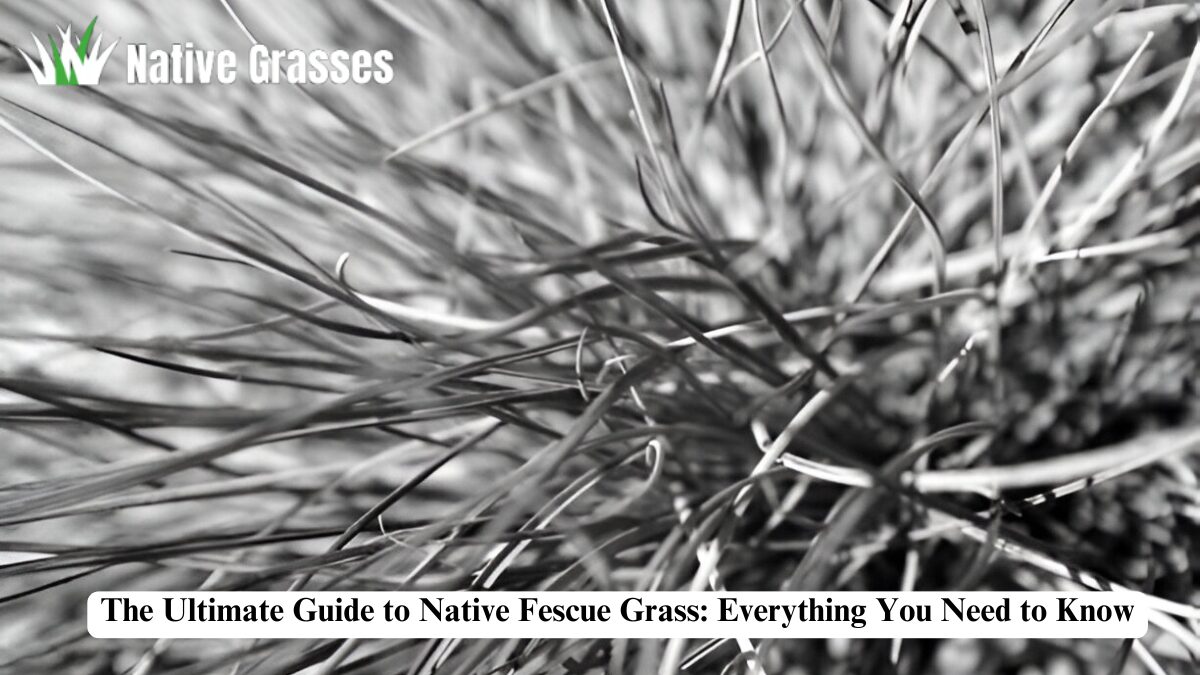
Fescue grass is one of the most versatile and ecologically important native grasses found across different regions of the world. Whether you’re interested in its role in sustainable landscaping, erosion control, or as part of native habitats, understanding this remarkable grass can help you make informed decisions. In this guide, we’ll explore native fescue grass in detail, covering its characteristics, types, uses, and maintenance tips.
What Is Native Fescue Grass?
Native fescue grass refers to a group of grass species belonging to the genus Festuca. These grasses are adapted to their specific ecosystems, making them essential for maintaining biodiversity and environmental balance. Commonly found in prairies, forests, and grasslands, native fescues are known for their hardiness and adaptability.
Key Characteristics of Fescue Grass
- Botanical Family: Poaceae (Grass family)
- Growth Habit: Perennial bunchgrass
- Height Range: 6 inches to 3 feet, depending on the species
- Leaf Texture: Fine to medium-textured
- Root System: Deep, fibrous roots that improve soil health
- Climate Tolerance: Thrives in cool-season climates but varies by species
- Soil Preference: Well-draining soils, but some tolerate clay or sandy conditions
Popular Species of Native Fescue Grass
- Hard Fescue (Festuca trachyphylla): Drought-tolerant, low-maintenance, and great for erosion control.
- Red Fescue (Festuca rubra): Excellent for shady areas; often used in wildflower meadows.
- Blue Fescue (Festuca glauca): Ornamental grass is known for its striking blue-green foliage.
- Chewings Fescue (Festuca rubra ssp. commutata): Ideal for fine turf and lawns.
Benefits of Native Fescue Grass
Native fescue grasses offer numerous ecological, practical, and aesthetic benefits:
Ecological Benefits
- Erosion Control: Deep root systems stabilize soil, preventing erosion on slopes.
- Habitat Creation: Provides food and shelter for pollinators, birds, and small mammals.
- Carbon Sequestration: Helps reduce atmospheric carbon levels.
- Water Conservation: Drought-resistant species require minimal irrigation.
Practical Benefits
- Low Maintenance: Minimal mowing and fertilization needs.
- Adaptability: Thrives in poor soils and various light conditions.
- Cost-Effective: Reduces water and maintenance costs in landscaping projects.
Aesthetic Benefits
- Versatility: Works well in naturalized landscapes, meadows, and ornamental designs.
- Seasonal Interest: Offers year-round visual appeal with changing foliage colors.
Types of Native Fescue Grass
Hard Fescue (Festuca trachyphylla)
- Description: Dense, tufted grass with narrow leaves.
- Best Uses: Ideal for low-maintenance lawns and erosion control.
- Growing Conditions: Prefers well-drained, infertile soils.
Red Fescue (Festuca rubra)
- Description: Spreads via rhizomes, creating a thick ground cover.
- Best Uses: Shady lawns, natural meadows, and mixed grass seed blends.
- Growing Conditions: Thrives in cool, damp climates.
Blue Fescue (Festuca glauca)
- Description: Compact, clumping grass with silvery-blue foliage.
- Best Uses: Ornamental borders, rock gardens, and xeriscaping.
- Growing Conditions: Prefers dry, sandy soils.
Tall Fescue (Festuca arundinacea)
- Description: Coarser texture with wide blades; highly durable.
- Best Uses: Lawns, pastures, and roadsides.
- Growing Conditions: Adapts to diverse soils and climates.
How to Grow and Maintain Native Fescue Grass
Site Selection
Choose a location based on the species’ specific light and soil requirements. Most fescues perform well in:
- Full Sun to Partial Shade
- Well-Drained Soils
- Neutral to Slightly Acidic pH
Planting Guidelines
- Seed vs. Sod: Use seeds for large areas; sod is best for quick establishment.
- Seeding Rate: 3-5 lbs per 1,000 square feet.
- Timing: Plant in early fall or spring for optimal germination.
Watering
- Initial establishment: Keep soil consistently moist.
- Mature growth: Water sparingly; most native fescues are drought-tolerant.
Fertilization
- Minimal Requirements: Apply a balanced, slow-release fertilizer once a year.
- Organic Options: Compost or natural amendments work well.
Mowing
- Height Recommendation: 2.5 to 3.5 inches for lawns; leave longer for naturalized areas.
- Frequency: Mow as needed, generally once every 2-3 weeks during the growing season.
Common Pests and Diseases
Native fescue grasses are generally resistant to pests and diseases. However, watch out for:
- Brown Patch: Fungal disease caused by high humidity.
- Grubs: Larvae that feed on roots.
Practical Applications of Native Fescue Grass
Landscaping
- Lawns: Low-maintenance, eco-friendly lawns using fine fescues.
- Meadows: Combine with wildflowers for a stunning natural display.
- Erosion Control: Use on slopes and embankments for soil stabilization.
Agriculture
- Pasture Grass: Tall fescue provides high-quality forage for livestock.
- Cover Crops: Reduces soil erosion and improves fertility in crop rotations.
Conservation
- Habitat Restoration: Reintroducing native fescues to restore degraded ecosystems.
- Wildlife Support: Supports native fauna by providing food and shelter.
Case Study: Native Fescue in Sustainable Landscaping
The Problem
A community park in Oregon faced severe soil erosion on its slopes and needed a sustainable solution to prevent further degradation.
The Solution
- Species Used: Hard fescue and red fescue.
- Implementation: Seeds were sown in fall with minimal soil preparation.
- Results: Within a year, the grasses stabilized the soil and reduced erosion by 90%.
Key Takeaways
- Native fescues thrive in challenging conditions.
- Minimal maintenance makes them cost-effective.
- Ecological benefits include habitat creation and water conservation.
Comparing Native Fescue to Non-Native Grasses
| Feature | Native Fescue Grass | Non-Native Grasses |
| Water Requirements | Low | Moderate to High |
| Maintenance Needs | Minimal | High |
| Erosion Control | Excellent | Moderate |
| Biodiversity Impact | Positive (supports fauna) | Neutral or Negative |
| Lifespan | Perennial | Annual or Perennial |
Conclusion
Native fescue grass is more than just a landscaping choice; it’s a step toward sustainability, biodiversity, and low-maintenance living. Whether you’re designing a lawn, restoring an ecosystem, or stabilizing soil, fescue grass offers unparalleled benefits. By understanding its unique characteristics and uses, you can unlock its full potential in your projects.
FAQs
What is native fescue grass, and why is it important?
Native fescue grass refers to grass species in the genus Festuca, adapted to specific ecosystems. It plays a crucial role in soil stabilization, water conservation, and supporting biodiversity, making it an essential part of sustainable landscaping and habitat restoration.
Where does native fescue grass grow best?
Native fescue thrives in a variety of environments, including prairies, forests, and grasslands. It prefers well-drained soils and can adapt to full sun or partial shade depending on the species.
What are the different types of native fescue grass?
Some popular species include:
- Hard Fescue (Festuca trachyphylla): Ideal for erosion control and low-maintenance lawns.
- Red Fescue (Festuca rubra): Perfect for shady areas and wildflower meadows.
- Blue Fescue (Festuca glauca): An ornamental grass with striking blue foliage.
- Tall Fescue (Festuca arundinacea): Known for its durability and use in pastures and roadsides.
How do I plant native fescue grass?
- Timing: Plant in early fall or spring.
- Method: Use seeds for larger areas and sod for quick establishment.
- Preparation: Ensure well-drained soil and maintain consistent moisture during germination.
What maintenance does native fescue grass require?
- Watering: Minimal after establishment, as most species are drought-tolerant.
- Mowing: Keep at 2.5–3.5 inches for lawns, or let it grow naturally in meadows.
- Fertilization: Apply a balanced, slow-release fertilizer once a year or use organic compost.
Is native fescue grass good for the environment?
Absolutely! It prevents erosion, reduces water usage, supports wildlife habitats, and even helps sequester carbon, contributing to a healthier ecosystem.
Can native fescue grass grow in poor soils?
Yes, many fescue species are highly adaptable and can thrive in poor, infertile soils, including sandy or clay-heavy areas.
How is native fescue grass used in landscaping?
- Low-Maintenance Lawns: For eco-friendly, water-efficient lawns.
- Erosion Control: Stabilizes soil on slopes and embankments.
- Natural Meadows: Combines beautifully with wildflowers for a naturalized look.
Is native fescue grass suitable for livestock?
Yes, tall fescue is particularly popular for pasture grass due to its high-quality forage and adaptability to various climates.
What are the common pests and diseases of native fescue grass?
While generally resilient, it may occasionally face:
- Brown Patch: A fungal disease in humid conditions.
- Grubs: Insects that feed on roots.
How does native fescue compare to non-native grasses?
Native fescue requires less water and maintenance, supports biodiversity, and offers superior erosion control, whereas non-native grasses often demand more resources and can negatively impact ecosystems.
Can native fescue grass be used in urban landscaping?
Yes, its low maintenance and aesthetic appeal make it ideal for urban parks, roadside plantings, and home gardens focused on sustainability.
What are the ecological benefits of using native fescue grass?
It promotes biodiversity, provides food and shelter for pollinators and small animals, reduces soil erosion, and conserves water, making it an excellent choice for eco-conscious projects.
What is the best time to plant native fescue grass?
The ideal planting times are early fall or spring when soil temperatures support germination, and rainfall is more consistent.
How long does native fescue grass take to establish?
With proper care, native fescue can be established within a few weeks, though it may take a full growing season to achieve mature growth.
Fescue grass is a versatile and sustainable choice for various landscapes. Whether you’re creating a lush lawn, preventing erosion, or supporting local wildlife, native fescues offer unmatched benefits. With the right care and knowledge, you can enjoy a vibrant, eco-friendly outdoor space for years to come.

